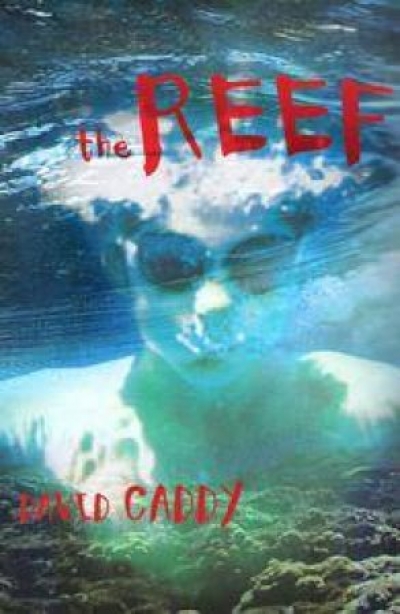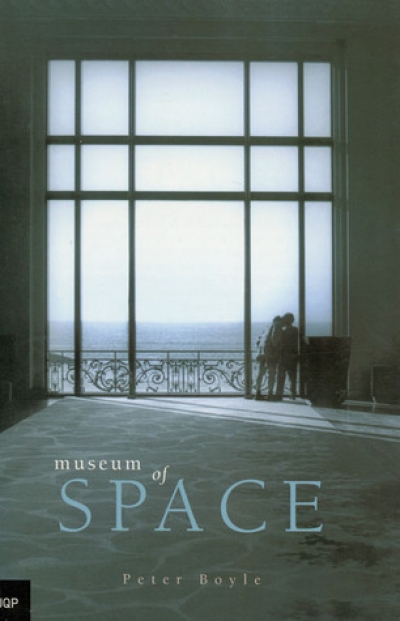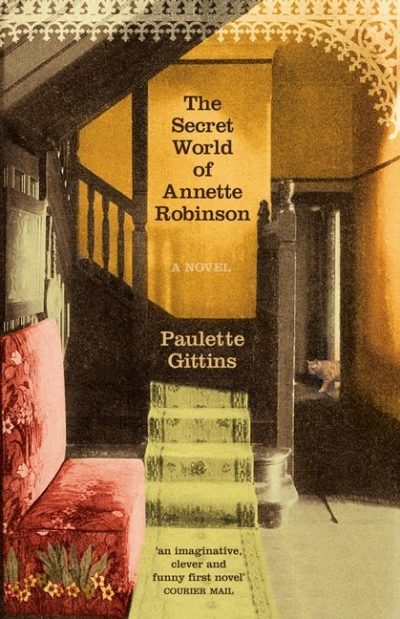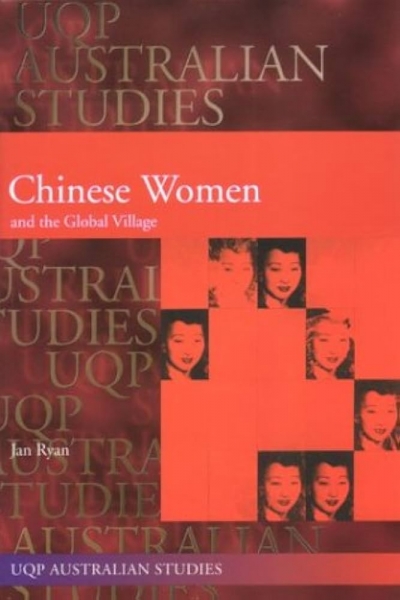UQP
Four artists have taken the natural world – its wildlife, its ecology, and its geology – and produced four books with entirely different aims. Kim Michelle Toft describes The World That We Want (UQP, $26.95hb, 32 pp) as ‘one that protects, feeds and shelters everything that lives on it’. Essentially, this is a factual book, but one suffused with a sense of wonder because of Toft’s exquisite pictures. Are We There Yet? (Are We There Yet? A Journey Around Australia, Viking, $24.95hb, 32 pp) is Alison Lester’s bubbling account of a family’s ‘journey around Australia’, with cheerful pictures of boab trees, fairy penguins and everything in between. Again, it is factual; if you want to know what a quokka looks like, just find the right picture. This is not so true of Graeme Base’s Jungle Drums (Viking, $29.95hb, 38 pp); although the leopard, the elephant and the warthogs are clearly recognisable in the early pictures, by the middle of the story they all look strange.
... (read more)These titles are aimed at a primary school readership, yet there’s a wide gap in both ability and life experience between the emerging readers at one end and the almost-teenagers at the other. Some novels successfully bridge that gap, but I’m not sure The Reef (FACP, $14.95 pb, 128 pp) is one of them, despite the publisher’s classification that this is ‘for children aged 8–12 years’. It is certainly an exciting story of suspected murder and missing silver coins, but consider some elements of the plot: Tom, the young protagonist, is menaced and harassed by two nasty out-of-towners who threaten him with death and so terrify him that he has nightmares; while swimming, he’s pursued and threatened with a speargun; later, he’s assaulted and kidnapped, a sack is tied over his head, and he’s taken out to sea and thrown overboard in the expectation that he’ll be battered to death on the reef.
... (read more)








